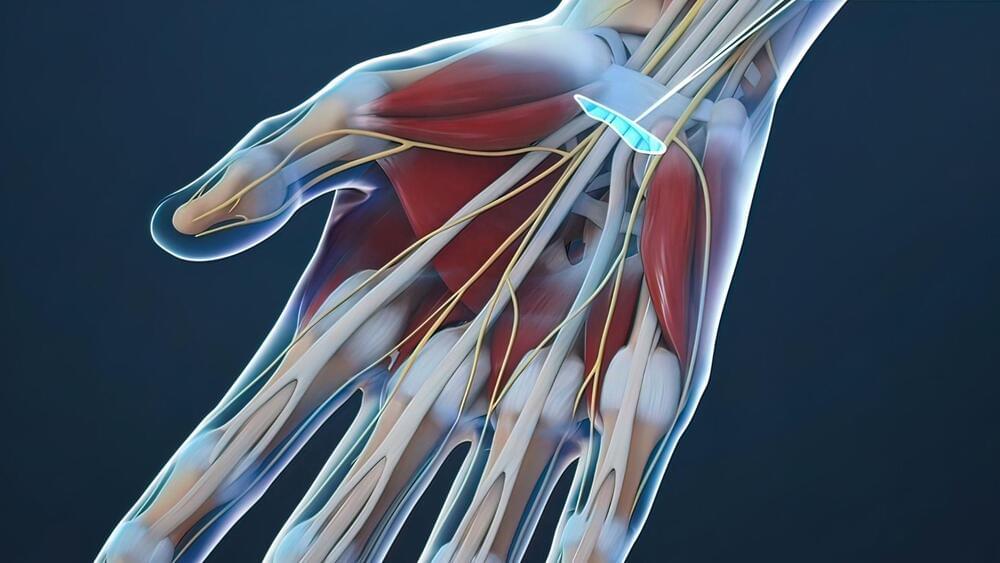Interesting Engineering sighted ‘Spot the Dog’ with construction group Balfour Beatty. Naturally, we had a chat with one of their technicians.
‘Spot the dog,’ Balfour Beatty’s first robotic employee, was sighted by Interesting Engineering (IE) at the ‘Brooklands Science Summer School event’ yesterday (Nov. 29).
Spot delivers CAT designs for derelict buildings and nuclear power plants.
Sade Agard.
IE spoke with Jay Saddington, one of the company’s personnel, to learn more about Spot’s activities and what it’s like to take care of it.





